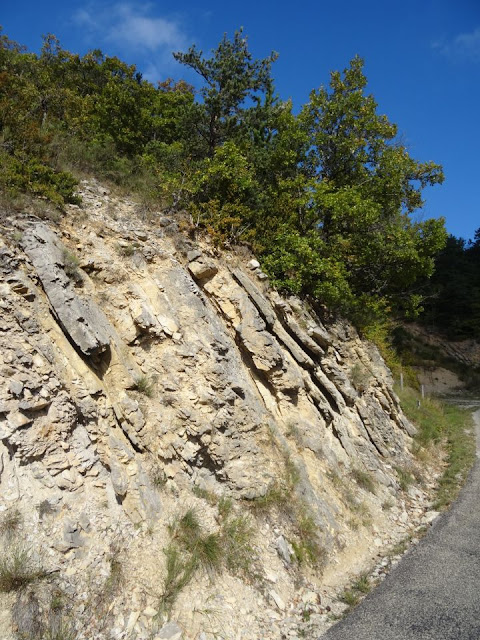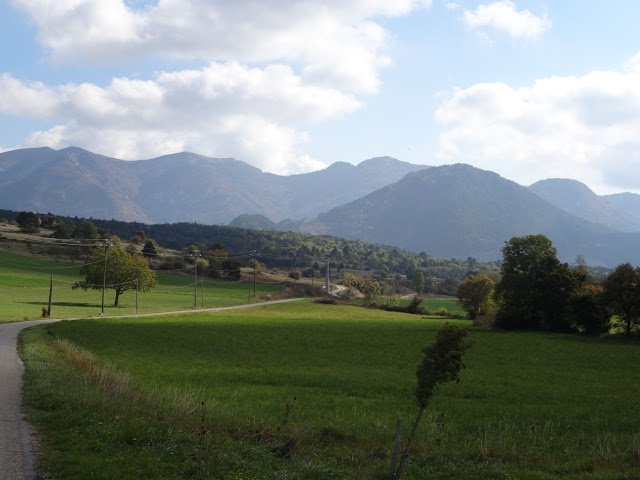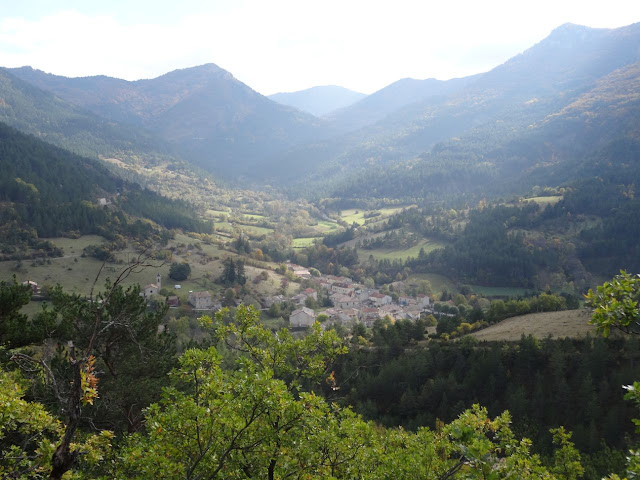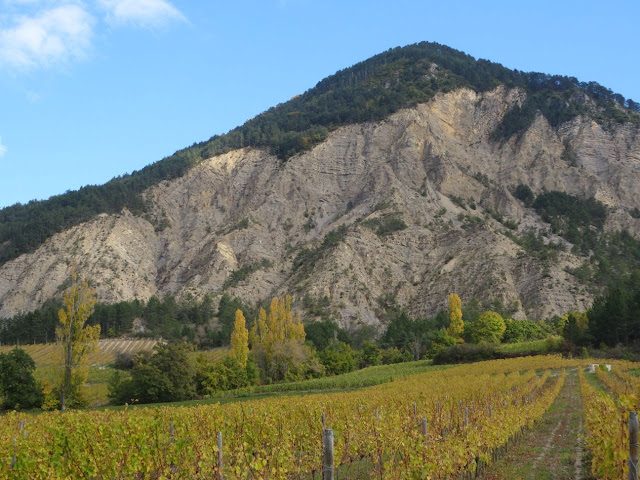So, back here for the last stay of 2014, and the first of 2015. This is actually my third year here at New Year: it was two years ago that I saw the house for the first time, and shook hands on its purchase - one of my better decisions.
I'm down here with two walking companions, Chris and Anna, and for the first time I've seen Romeyer itself in the snow. Indeed, the snow caused us some worry the day before the drive down, as the news came through that 15,000 cars had been stranded heading for the high Alps, after a massive dump of snow in the region. There is no doubt that the ski industry needed some snow, but I don't suppose the were expecting the previous lack of snow to be made up for all on one go in one day. Anyway, in the end, the motorways were clear, and the drive down was as easy as I have known it. It's still a long way in a car (850 miles), but with all three of us taking turns, the time and miles soon passed.
So to the first morning, and for Chris and Anna, what a morning to see the place for the first time: a blanket of pure white snow everywhere, and a cloudless blue sky. We were just going to go for a ten-minute wander before popping into town to buy provisions, but ended up being drawn ever further up the valley above Les Liotards. As in October, the skies were of an intensity which has to be seen to be believed. The pictures give at least some idea of the breathtaking stroll. We got to the shops rather later than planned.























































